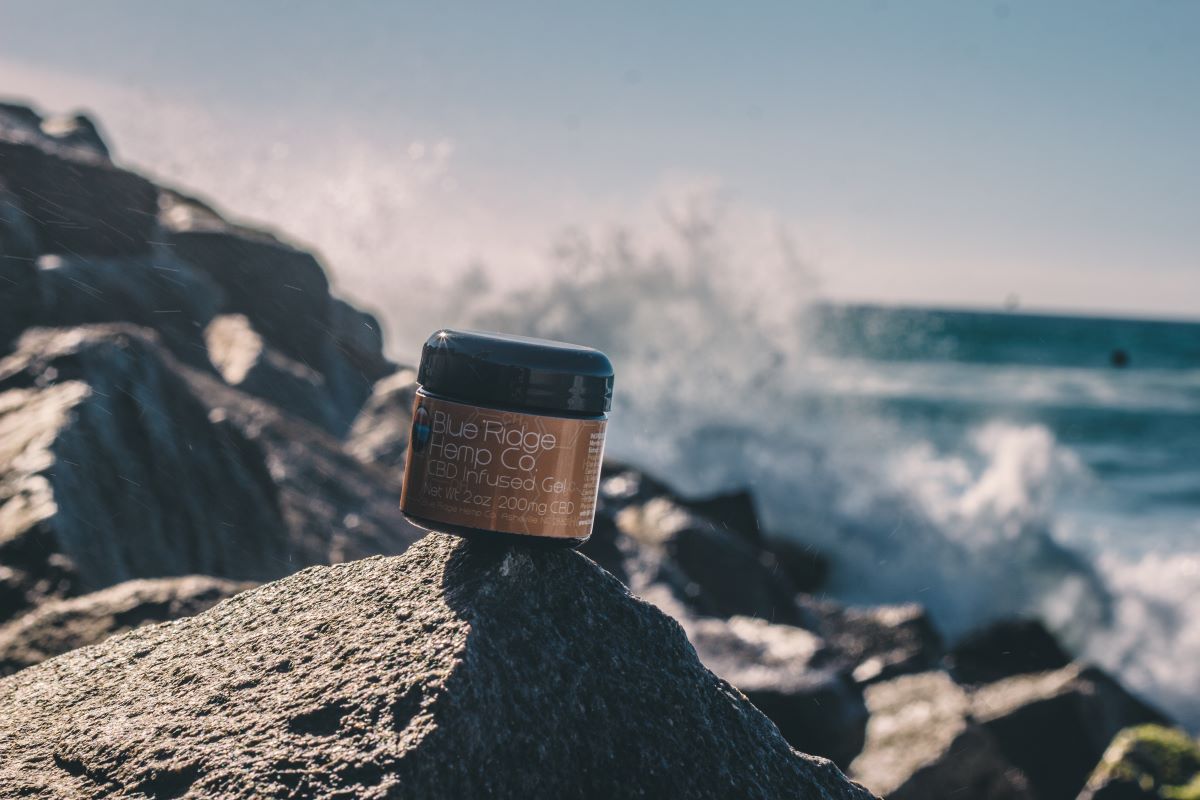Getting A New Product Out To Market

In this post, we are going to discuss every major step on the journey of getting a new product out there into the world. As long as you are aware of all of the following essentials, you should be in a much better position to succeed and you’ll find that your product is going to be a lot more successful as well, along with your business as a whole.
Ideation
The first step is obviously going to be just coming up with the idea for the product, so that you can then begin to develop some ideas around what that product should be and how it is going to get to the marketplace in the best way possible. Ideation is the word that is often given to this process, and it’s something that you are going to want to put your all into if you are going to find success with this. Of course, there are a few things that you might need to bear in mind along the way to make sure that this part of the process goes to plan.
First of all, it’s important that you are working within a niche, but allowing yourself to have some creativity within that. If you can do it this way, that is going to be the right kind of balance between having a product that makes sense and works and not, and that is clearly a really important thing to bear in mind here. You should also make sure that you are allowing for as many free-flowing ideas as you can if you want to have a chance of your product being successful.
At some point, of course, you are going to need to draw it in a little, and start to decide on what you are actually going to do. The main thing is that you and your teams can be really excited about the prospect of the product, whatever it might be, and that you are happy to ensure that you are going to work with it in the long term. If you can get to that place, this is really all that matters, and a great sign that you are generally going to get a lot out of the whole process and situation.
So work on the ideation as best as you can in order to ensure that your business has the best chance of success.
Research
Alongside this but also before and after it, you are going to need to think about market research. This is one of those areas that we all know is important, but not all of us are aware of exactly why or what the best way to approach it might be. A good decent amount of research is always going to be important if you are keen to make sure that you are improving your product, and it will help to give you plenty of ideas of the best way to proceed. Good research can be the difference between success and failure here.
There are a few major aims that you might hope to achieve when it comes to doing this. For one thing, you might find that you are going to be able to figure out what people think about your product idea, which is obviously really centrally important to the whole project, and the kind of thing that you are definitely going to want to be aware of. Through research you can also discover ideas for improvements, what kinds of problems people are hoping to be solved, and so much else. You can probably see why it’s so important that you have a decent and rigorous approach to your research procedure.
The main thing to remember during research phases is to try and get to the bottom of whatever you are trying to find out as objectively as possible. In other words, don’t just court the information that you want to hear, but make sure that you are actually getting the truth out of people. This is going to serve you so much more effectively, and you will be really glad that you took this approach above all else. Then you are going to be a lot more likely to have a product that works for you and your customers.
Prototype
After you have done all that, you are going to be in a position to start thinking about your prototype, and that is something that you will absolutely need to do in the right way if you are going to ensure that you are getting as much out of it as possible. A prototype should be as close to the real thing as possible, and it should be the kind of thing where you are going to feel as if it is the finished product itself. Of course, the main point of it however is that it shows you what might go wrong with the product, so that you can fix that before actually putting it in customers’ hands.
When you have your prototype, and you are putting it into testing, it’s vital that you test it rigorously as best as you can. That’s going to help you a great deal when it comes to ensuring that you are having the best chance of success with your product, and it’s the only way you are going to keep the customer well and truly happy. So that is something that you should definitely always be aware of here.
Bear in mind too that you might well need to have more than one prototype version before you get anywhere near being able to put the product on the market. So you should know that the process can be long and hard and take a long time. As long as you are prepared for that, however, you are more likely to succeed with it, so that’s something that you can bear in mind here.
Finished Product
Finally after all that, you are going to have the finished product on your hands. Now it is time to start thinking about how you are going to get it out into the world. This is a really exciting place to be, and you are going to want to think about the best way to do it for yourself and your business, as well as your customers themselves too. A big part of all this is the packaging and shipping of the product, which can be an entry logistical nightmare in itself.
The easiest approach to take to that is to get some outside help with it. Some of the best packing and shipping franchise opportunities are going to be a huge help for getting your product out there into the world in the right way, so that is something that you should definitely think about, and which will help you a great deal. It’s also likely that you are going to sell more items, because you are simply putting it into more hands, and that’s obviously a major part of all this too.
The logistics behind this are important to get right, and you might find that they take some fine tuning over time. But as long as you work at it, it’s going to mean you are more likely to find success with your product.
Marketing
Of course, the main thing that will dictate how many people buy your product at first is the marketing that you put towards it, and this is something that you are going to want to think about for sure if you are keen to make it work as well as you would hope. The better the marketing is, the more likely it is that people are going to actually buy your product, and you’ll find that you are going to struggle to sell them if you don’t do this at all.
The way you market is important, and you’ll need to consider branding along with so many other things. All in all, it’s vital that you are going to have some kind of process for figuring out your marketing. As long as you do that, you are going to find success with it a lot more easily, and you’ll be able to get your product out to market in the best possible way.
All in all, that is the way to find success if you are producing a new product for people to buy and see.




